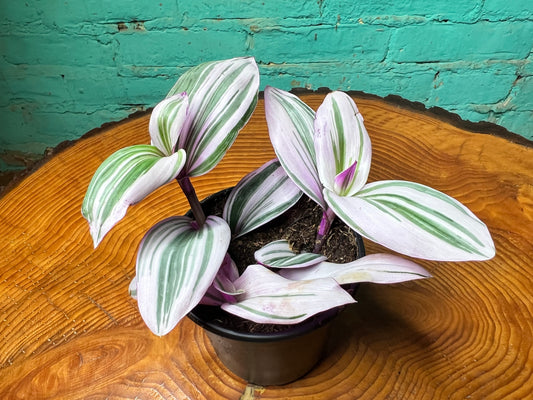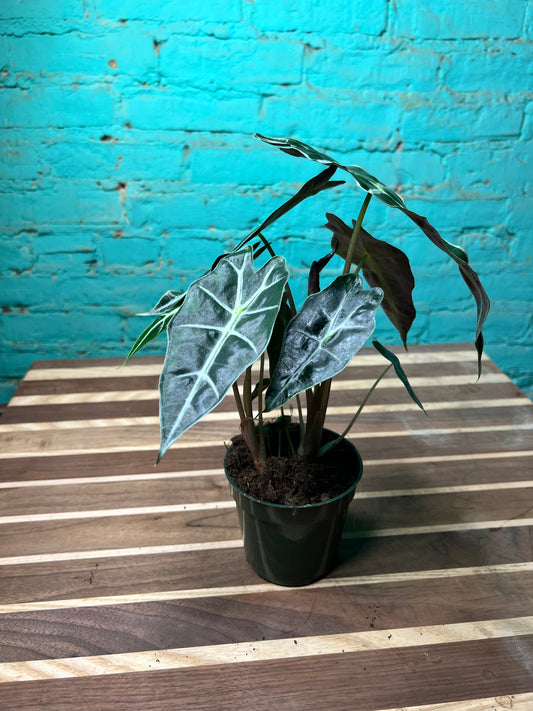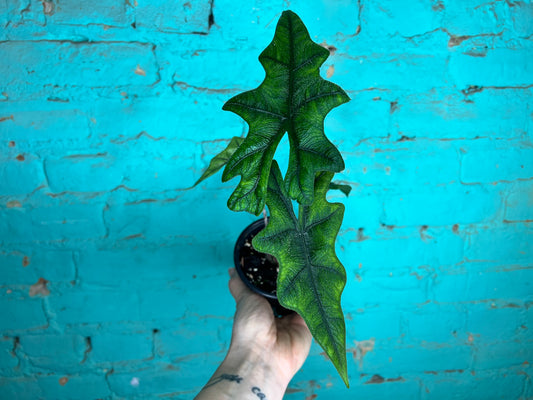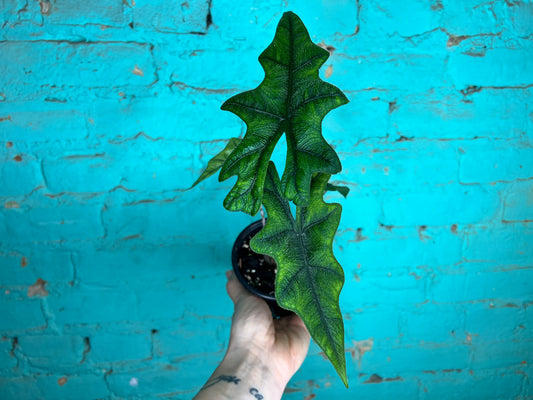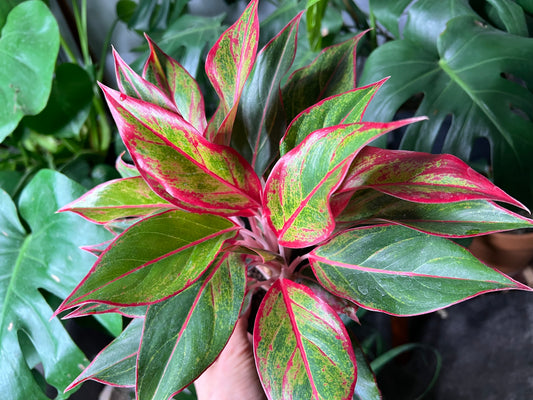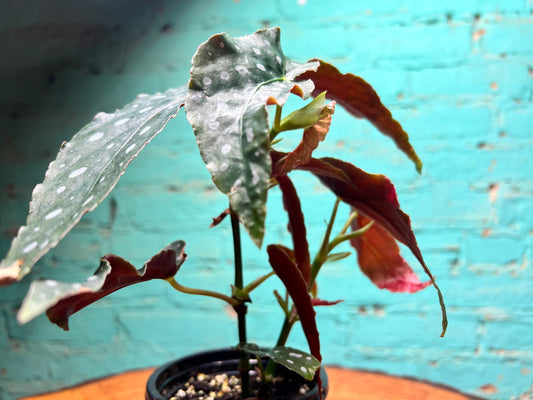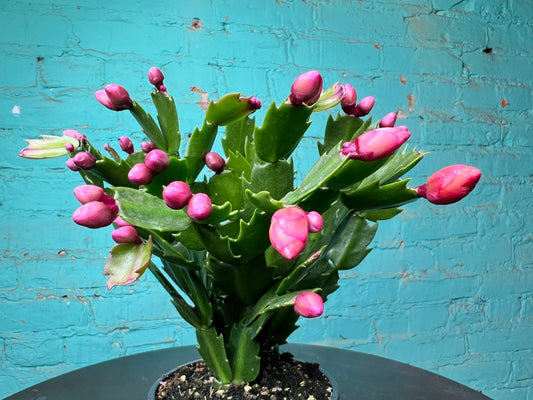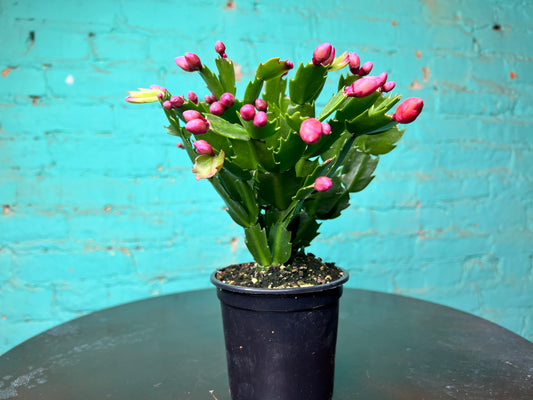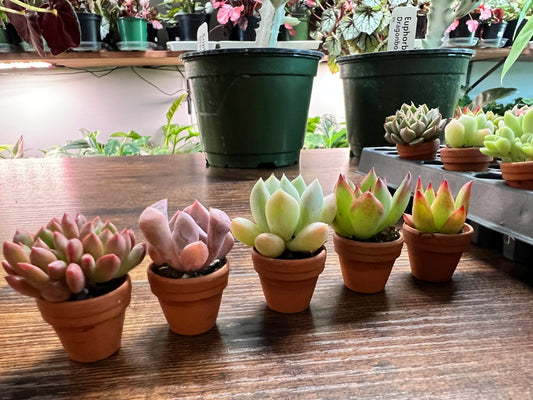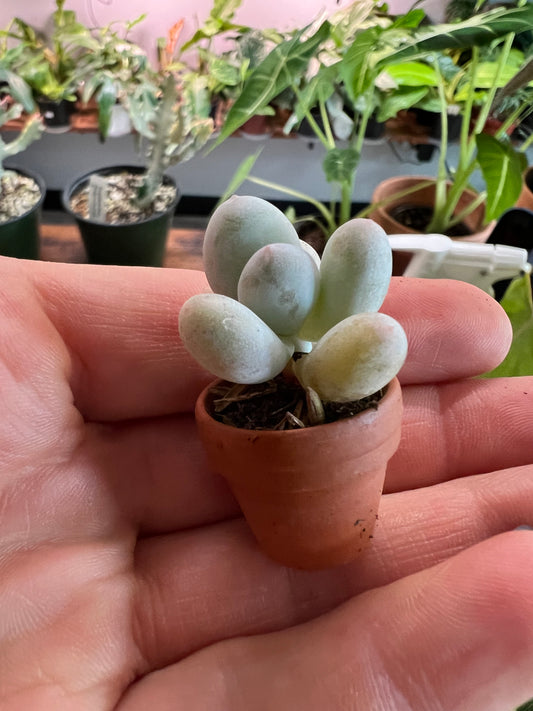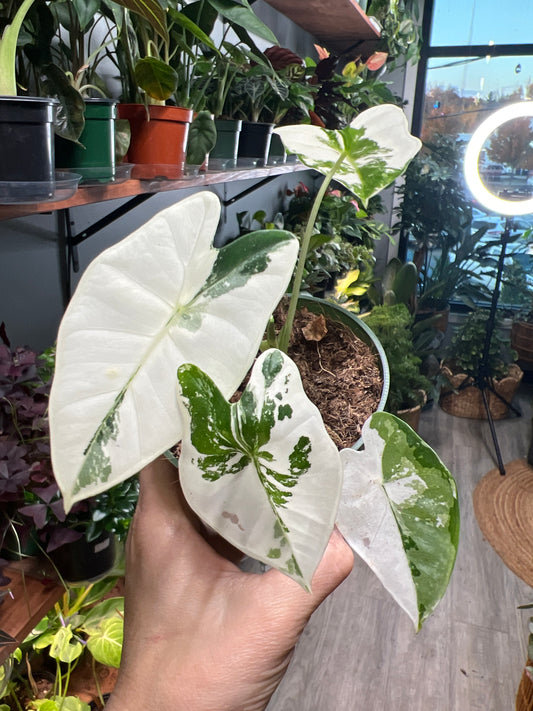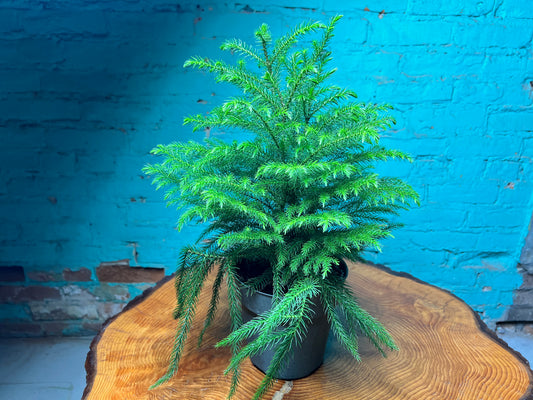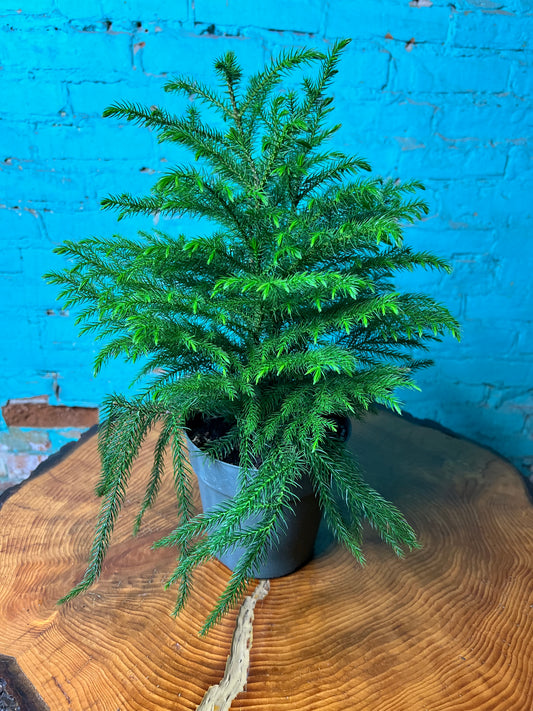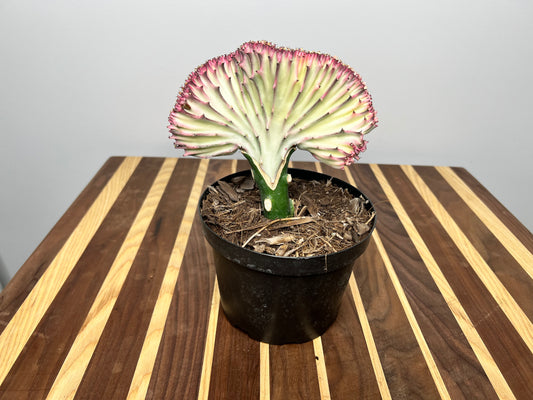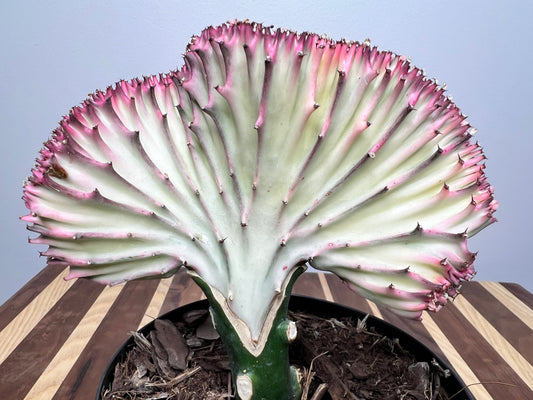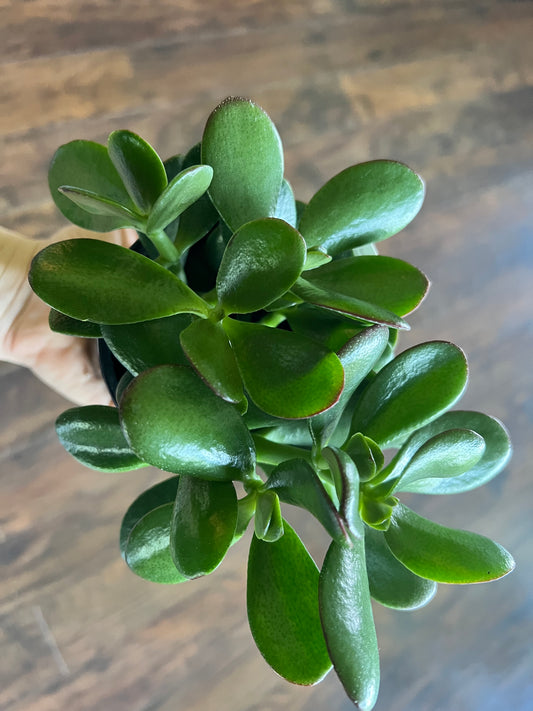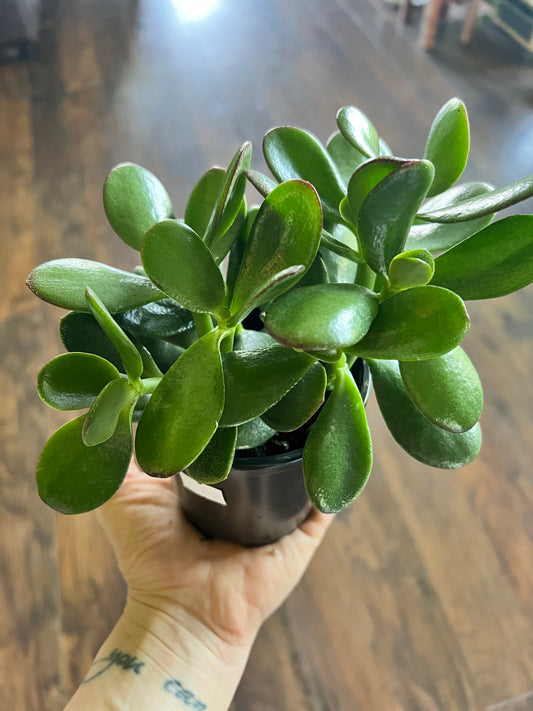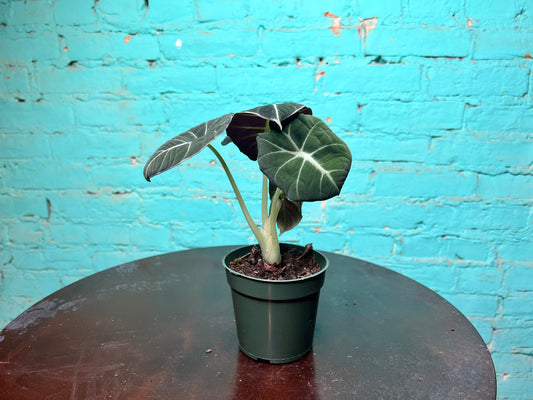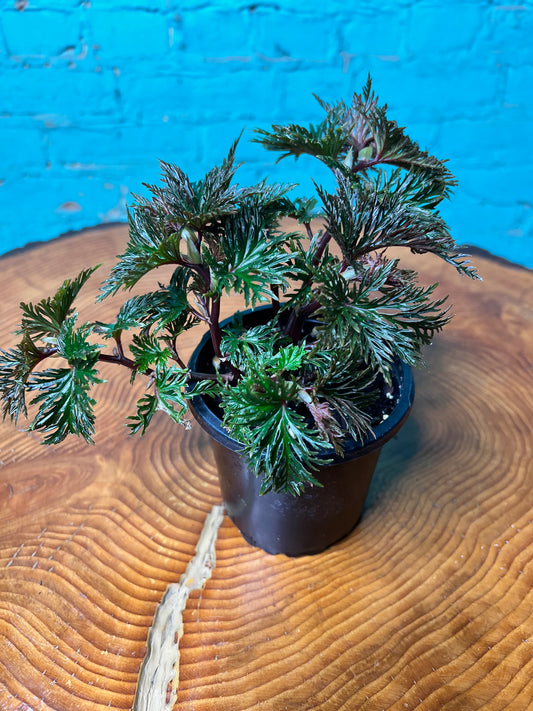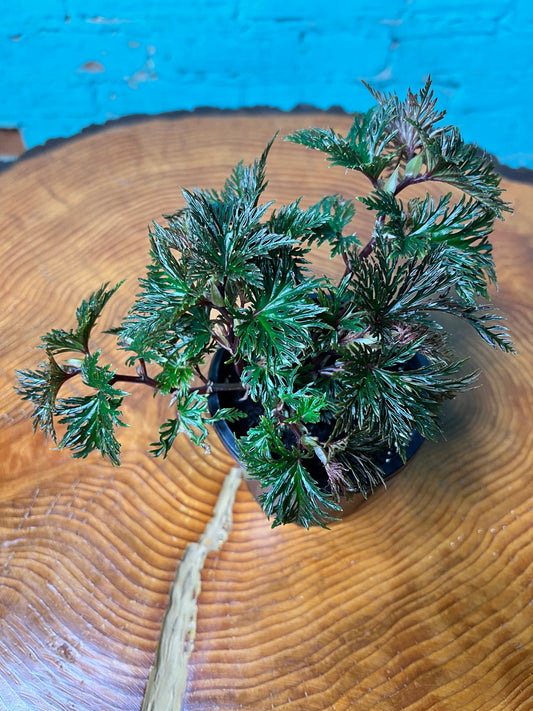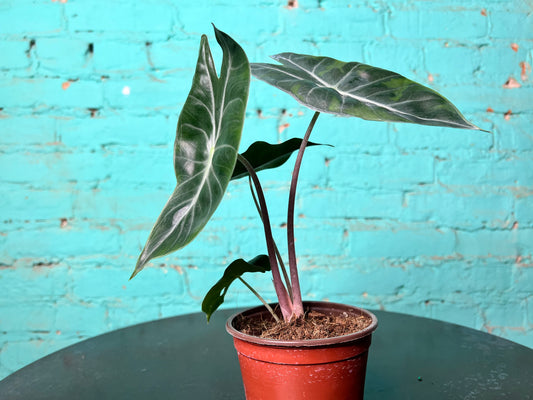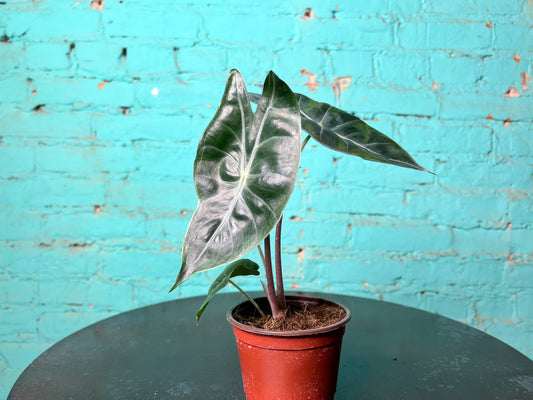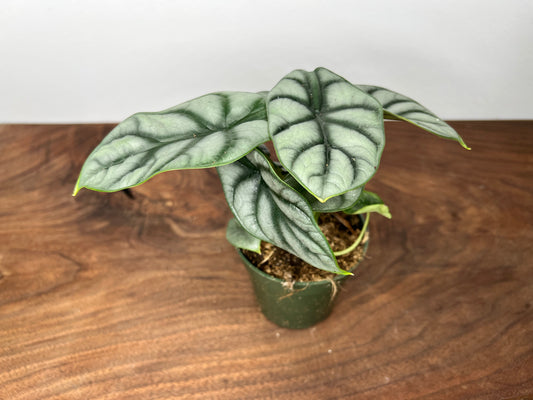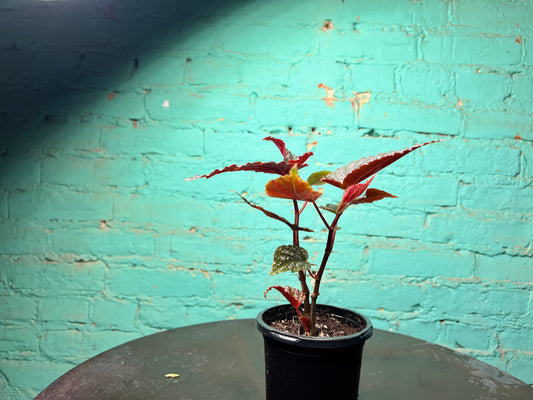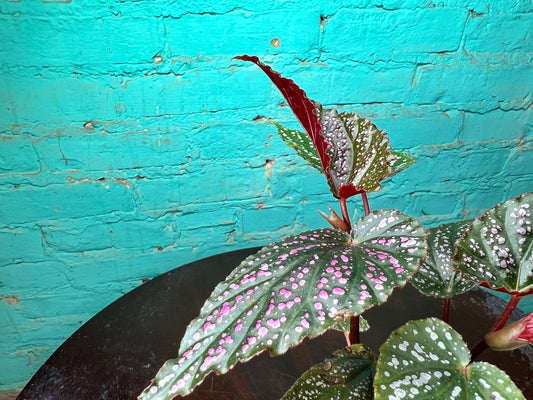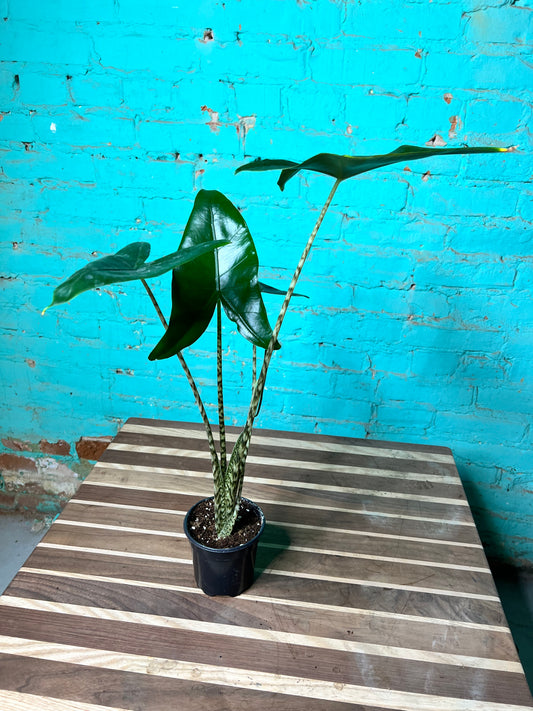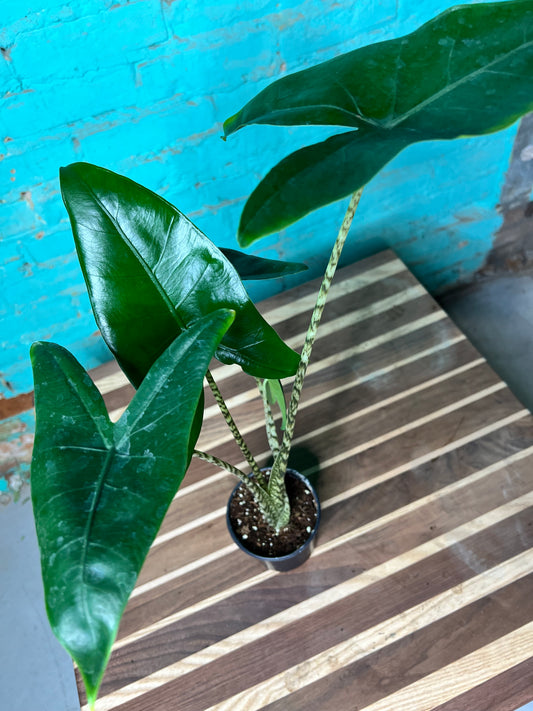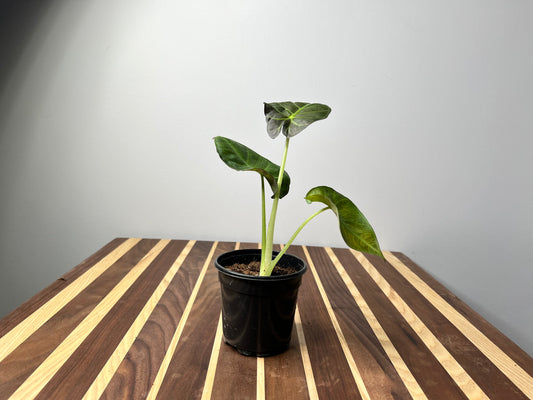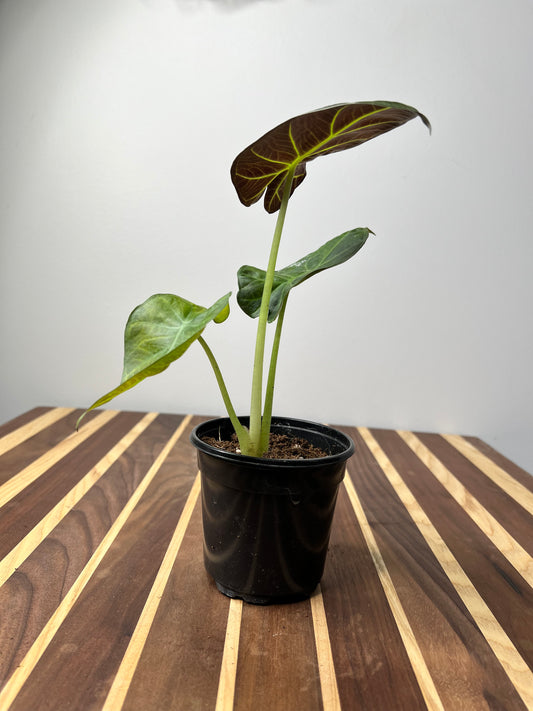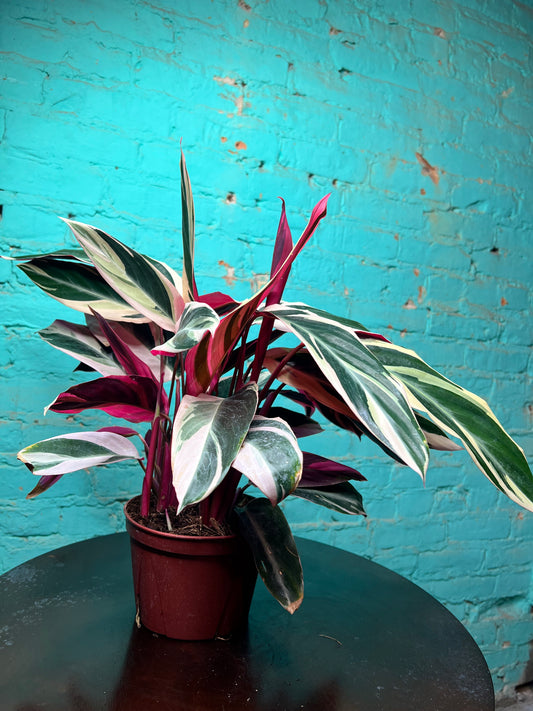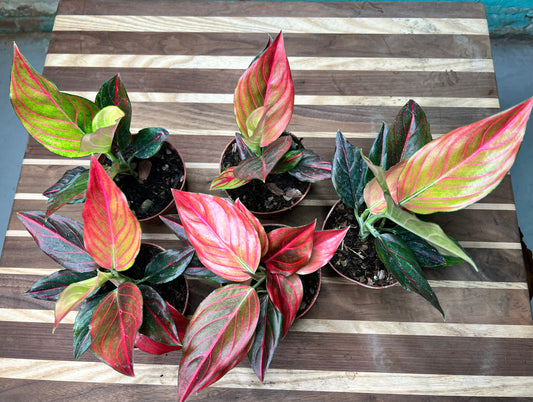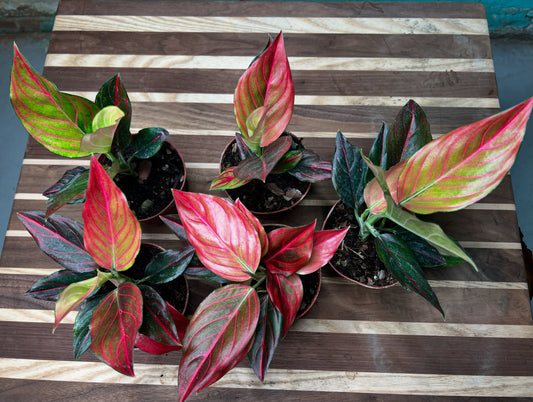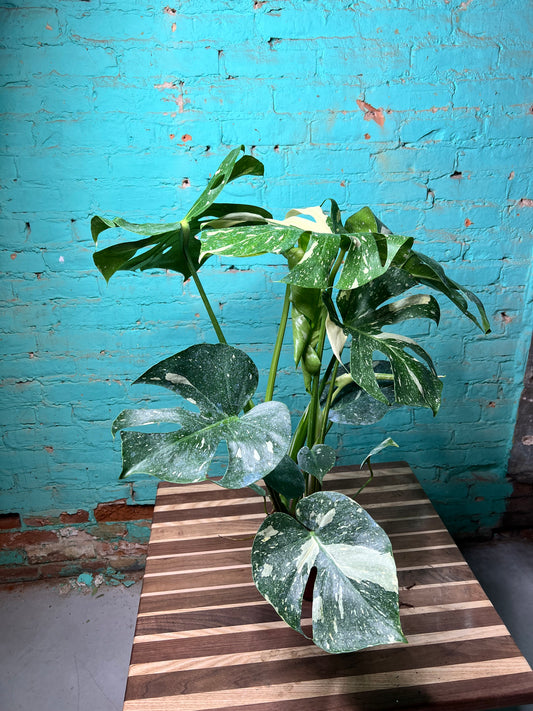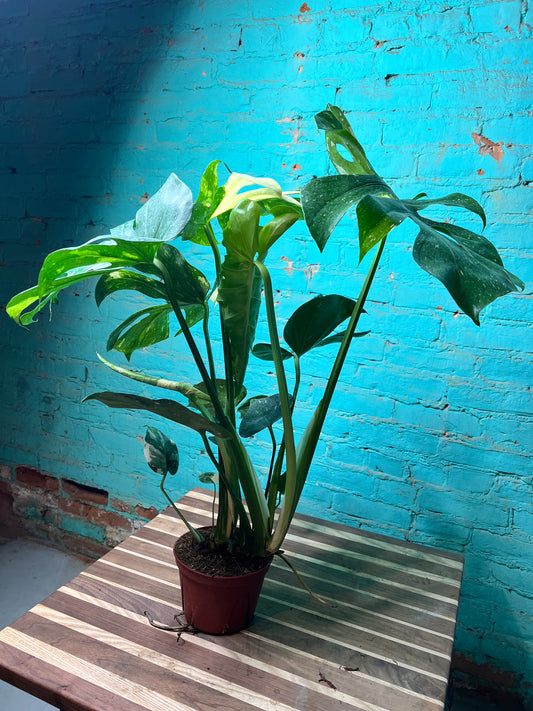Collection: West Facing
Light Matters: Why Knowing Your Window Direction Makes Plant Shopping Easier
When you're shopping for plants, knowing the direction your windows face is one of the most helpful things you can learn. It makes it easier to choose plants that will actually thrive in your space—and it helps us speak the same “plant language” when helping you pick the right one.
Why Light Direction Is So Important
Plants depend on light to photosynthesize, which is how they produce food and energy. But not all light is equal. The intensity and direction of light in your home can affect a plant’s health, shape, color, and growth rate.
If a plant doesn't get enough light, it might become leggy, pale, or slow-growing. On the flip side, too much direct sunlight can scorch leaves or cause stress in shade-loving plants.
Knowing your light direction makes it easier to:
-
Select the right plant for your home
-
Know where to place it
-
Avoid common issues like burning or stretching
Understanding Foot-Candles (Made Simple)
Light intensity is often measured in foot-candles, which refers to how much light reaches a surface one foot away from a light source. You don’t need to measure it precisely, but it helps to understand the basics:
-
Bright, direct light (1,000+ foot-candles): 1–2 feet from a south- or west-facing window
-
Bright, indirect light (500–1,000 foot-candles): 2–4 feet away from a bright window, or filtered through curtains
-
Low light (50–250 foot-candles): 5+ feet from a window, or near a north-facing window
The farther your plant is from the light source, the fewer foot-candles it receives—and the harder it is for the plant to photosynthesize effectively.
Real Examples: Match Plants to Your Window Direction
South-Facing Window
Bright, direct light for most of the day
Best for: Succulents, cacti, flowering plants, herbs
West-Facing Window
Bright afternoon light
Best for: Tropical plants, trailing vines, sun-tolerant foliage
East-Facing Window
Gentle morning light
Best for: Ferns, Monsteras, peace lilies, air plants
North-Facing Window
Soft, indirect light all day
Best for: Snake plants, ZZ plants, pothos, low-light ferns
How Light Direction Affects Growth
Plants naturally grow toward the light—this is called phototropism. When the light only comes from one direction (like a window), they’ll lean or grow unevenly. This is why rotating your plants regularly is important for even, balanced growth.
Incorrect lighting can also cause stress:
-
Too little light can lead to weak, leggy stems and slow growth
-
Too much direct sun can cause scorched leaves or dry, crispy edges
Better Light Knowledge = Smarter Plant Shopping
When you know how much light you get—and from which direction—you’ll make better plant choices, have fewer issues at home, and feel more confident as a plant owner. You’ll also have a much easier time discussing your space with plant sellers or reading care guides that use terms like “bright indirect light” or “low light.”
It’s one of the best things you can learn when building your plant collection.

-
Pink Panther Bolivian Jew- Callisia
Vendor:The Rooted Plant Shop5.0 / 5.0
(6) 6 total reviews
Regular price $16.00 USDRegular priceUnit price / per -
Tradescantia nanouk-Bubble gum
Vendor:The Rooted Plant Shop5.0 / 5.0
(1) 1 total reviews
Regular price $16.00 USDRegular priceUnit price / per -
Alocasia polly 4”
Vendor:The Rooted Plant Shop5.0 / 5.0
(1) 1 total reviews
Regular price $16.00 USDRegular priceUnit price / per -
Alocasia Jacklyn 4”
Vendor:The Rooted Plant Shop5.0 / 5.0
(4) 4 total reviews
Regular price $30.00 USDRegular priceUnit price / per -
Aglaonema (Chinese Evergreen) Siam Aurora 4”
Vendor:The Rooted Plant Shop5.0 / 5.0
(1) 1 total reviews
Regular price $24.00 USDRegular priceUnit price / per -
Begonia maculata- Polka Dot 4”
Vendor:The Rooted Plant Shop5.0 / 5.0
(4) 4 total reviews
Regular price $18.00 USDRegular priceUnit price / per -
Christmas Cactus 4”
Vendor:The Rooted Plant Shop5.0 / 5.0
(3) 3 total reviews
Regular price $15.00 USDRegular priceUnit price / per -
Succulent Thimble clay
Vendor:The Rooted Plant Shop5.0 / 5.0
(1) 1 total reviews
Regular price $2.25 USDRegular priceUnit price / per -
Alocasia Frydrek variegated 4”
Vendor:The Rooted Plant Shop5.0 / 5.0
(1) 1 total reviews
Regular price $50.00 USDRegular priceUnit price / per -
Norfolk Pine 6”
Vendor:The Rooted Plant Shop5.0 / 5.0
(2) 2 total reviews
Regular price $35.00 USDRegular priceUnit price / per -
Mermaid Tail- Euphorbia Lactea 6”
Vendor:The Rooted Plant Shop5.0 / 5.0
(1) 1 total reviews
Regular price $60.00 USDRegular priceUnit price / per -
Jade (4 inch)
Vendor:The Rooted Plant ShopRegular price $12.00 USDRegular priceUnit price / per -
Alocasia-Black Velvet 4”
Vendor:The Rooted Plant Shop5.0 / 5.0
(1) 1 total reviews
Regular price $24.00 USDRegular priceUnit price / per -
Begonia Fern Leaf
Vendor:The Rooted Plant Shop5.0 / 5.0
(1) 1 total reviews
Regular price $18.00 USDRegular priceUnit price / per -
Alocasia Morocco (Pink Dragon) 4”
Vendor:The Rooted Plant ShopRegular price $30.00 USDRegular priceUnit price / per -
Alocasia Silver Dragon
Vendor:The Rooted Plant Shop5.0 / 5.0
(2) 2 total reviews
Regular price $25.00 USDRegular priceUnit price / per -
Begonia Maculata Pink (Polka Dot)
Vendor:The Rooted Plant ShopRegular price $18.00 USDRegular priceUnit price / per -
Alocasia-Zebrina 4”
Vendor:The Rooted Plant ShopRegular price $30.00 USDRegular priceUnit price / per -
Donkey Tail 4”
Vendor:The Rooted Plant ShopRegular price $15.00 USDRegular priceUnit price / per -
Alocasia Regal Shield 4”
Vendor:The Rooted Plant Shop5.0 / 5.0
(1) 1 total reviews
Regular price $24.00 USDRegular priceUnit price / per -
Stromanthe-Triostar 6”
Vendor:The Rooted Plant Shop5.0 / 5.0
(2) 2 total reviews
Regular price $45.00 USDRegular priceUnit price / per -

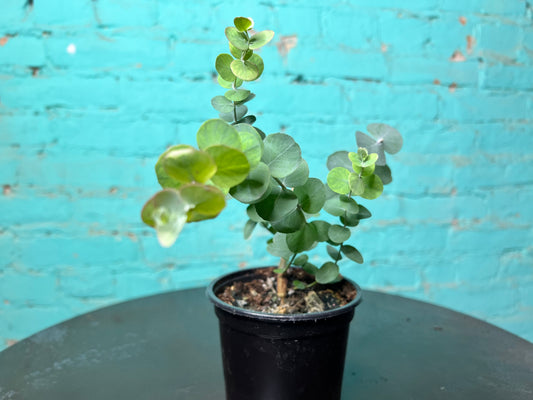 Sold out
Sold outEucalyptus Silver Dollar 4”
Vendor:The Rooted Plant ShopRegular price $12.00 USDRegular priceUnit price / per -
Aglaonema Rotunda-Red tiger Variegated 4” (each)
Vendor:The Rooted Plant Shop5.0 / 5.0
(2) 2 total reviews
Regular price $66.00 USDRegular priceUnit price / per -
Thai Constellation 6”
Vendor:The Rooted Plant Shop5.0 / 5.0
(2) 2 total reviews
Regular price $95.00 USDRegular priceUnit price / per




